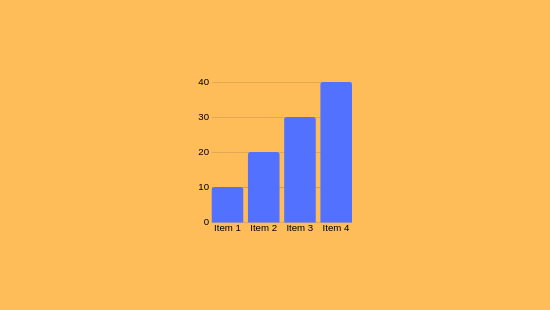
As you explore forex measurements, you'll understand they are computational techniques analyzing price and volume data to forecast market movements. These instruments aid in signaling trends, confirming market cues, and detecting overbought or oversold scenarios. For example, the RSI tracks market force, while Bollinger Bands measure variability. Enhancing your trade techniques by combining these indicators is essential, especially if aiming to control risks adeptly.
Grasping the Core of Forex Indicators
Forex indicators are computational devices integrated in charts to assist traders in scrutinizing market dynamics and making informed decisions. They provide perspectives into price changes and potential trading opportunities by examining past and present market figures.
Forex indicators are divided into four primary groups: trend indicators (e.g., Moving Averages), momentum indicators (e.g., Relative Strength Index), volatility indicators (e.g., Bollinger Bands), and volume indicators.
These tools can indicate market turns, validate ongoing patterns, or highlight overbought/oversold climates. If you're focused on refining your trading strategy, understanding these indicators is vital.
Categories of Forex Analytical Instruments
Upon evaluating market trends, investors usually employ a variety of indicators to guide their trading choices.
Forex tools are categorized into different classifications, each fulfilling distinct functions.
Trend Indicators like Moving Averages (MA) and Bollinger Bands aid in uncovering movement patterns and possible price surges.
Momentum Indicators, such as the Moving Average Convergence/Divergence (MACD) and Relative Strength Index (RSI), recognize shifts in price momentum and highlight overbought or oversold conditions.
Volatility Indicators like the Average True Range (ATR) quantify market variability, assisting investors in establishing protective measures.
When applied wisely, these indicators can boost trading proficiency.
Essential Instruments for Trading Choices
To executive insightful investment choices, grasping and utilizing key indicators that analyze market conditions is imperative.
Moving Averages display average prices over determined timeframes, unveiling tendencies by smoothing fluctuations.
The RSI measures momentum on a 0–100 scale, flagging overbought conditions above 70 and highlighting excessive sell below 30.
Moving Average Convergence Divergence analyzes two EMAs to confirm the trend direction, with graphical representations displaying positive or negative trajectories.
Bollinger Bands apply standard deviations around a moving average to assess fluctuation and potential reversals.
Fibonacci Retracement levels denote price thresholds based on prior price movements.
Combining these measures boosts accuracy by verifying signals if aligned, facilitating precise timing for currency matchups.
Employing Indicators in Risk Oversight
As you fine-tune investment methods, effectively utilizing measurement tools for risk control is essential. Tools like Moving Averages and Bollinger Bands gauge fluctuations and identify potential entry/exit points for risk oversight.
These tools permit the setting of stop-loss orders and limit orders, critical for limiting possible losses.
For example, using trade protections caps losses to a certain limit, such as 2% of your trading portfolio per trade. This measured strategy aids in managing forex risks by curtailing exposure to market volatility and leverage, which are notable risks in forex trading.
Integrating Indicators for Improved Precision
Merging measurement tools is a accomplished tactic for boosting precision in forex trading. This method enables for the leveraging of multiple tools to evaluate several aspects of market dynamics, such as trends, momentum, and variability.
By implementing indicators like Price Averages, RSI, and MACD, you can formulate formidable trading strategies. For example, combining Moving Averages with RSI and Volume confirms trends and drive, while Bollinger Bands with Stochastic assess fluctuation and anticipate reversals.
If diverse measurement tools work together, redundancies are minimized, and investment prompts are intensified.
Final Thoughts
You now grasp how forex indicators function, covering their diversities like trend, momentum, and volatility tools. These elements assist in spotting potential reversals and validating ongoing trends. Through combining tools, trading precision is boosted, and risk management is better managed. For check here instance, using the Relative Strength Index (RSI) to highlight buying peaks and Bollinger Bands to analyze fluctuation can improve your decisions.